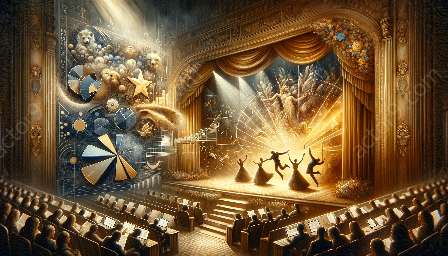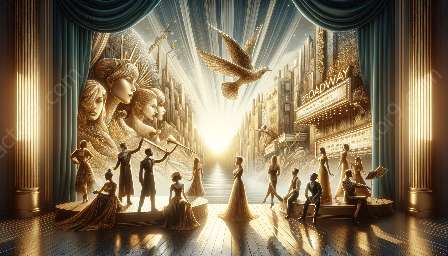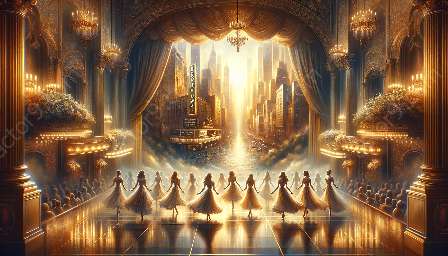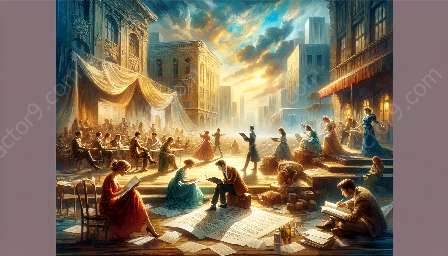Adapting classic works for modern Broadway audiences offers a unique challenge to scriptwriters, requiring careful consideration of various factors to maintain the relevance of the original source material. In this topic cluster, we will explore the art of scriptwriting for Broadway and musical theater, focusing on the considerations for scripting adaptations of classic works and how scriptwriters can effectively honor the original material while appealing to contemporary audiences.
Understanding the Audience
One of the crucial considerations for scripting adaptations of classic works for modern Broadway audiences is understanding the demographics, preferences, and expectations of the contemporary theatergoers. Scriptwriters need to analyze the target audience's cultural background, interests, and sensibilities to ensure that the adapted work resonates with them while staying true to the essence of the original material.
Respecting the Source Material
While adapting classic works for Broadway, scriptwriters must approach the source material with deep respect and understanding of its historical and cultural significance. It is essential to preserve the core themes, characters, and messages of the original work, ensuring that the adaptation remains faithful to the spirit of the classic while incorporating contemporary elements to enhance its appeal.
Contextual Relevance
Scriptwriters should carefully consider the contextual relevance of the adapted work within the contemporary societal, political, and cultural landscape. By addressing relevant themes and issues that resonate with modern audiences, scriptwriters can ensure that the adaptation feels pertinent and relatable, enhancing its appeal and impact on Broadway stages.
Creative Innovation
Adapting classic works for modern Broadway audiences offers an opportunity for scriptwriters to exercise creative innovation. While maintaining the integrity of the original source material, scriptwriters can introduce innovative elements, such as reinterpretations of characters, modernized settings, or new musical compositions, to breathe new life into the adapted work and captivate the audience's imagination.
Collaborative Approaches
Successful adaptation of classic works for Broadway often involves collaborative approaches that bring together the expertise of scriptwriters, directors, choreographers, and composers. Collaboration allows for the synergistic integration of diverse creative inputs, ensuring that the adaptation resonates with the artistic vision of the modern Broadway stage while honoring the authenticity of the original material.
Research and Contextualization
Scriptwriters should engage in thorough research and contextualization of the original work to gain a comprehensive understanding of its historical, cultural, and thematic underpinnings. By delving into the historical context and contextual significance of the classic work, scriptwriters can identify elements that can be effectively adapted and reimagined to align with the sensibilities and aesthetics of modern theater audiences.
Adaptation Ethics
Adhering to ethical considerations in the adaptation process is crucial for scriptwriters. It involves recognizing the impact of the original work, acknowledging any cultural sensitivities, and exercising sensitivity and creativity in reimagining the material for a contemporary Broadway audience while preserving the integrity of the classic work.
Examples of Successful Adaptations
Throughout the history of Broadway and musical theater, numerous successful adaptations of classic works have demonstrated the effective balance of relevance and homage to the original source material. From innovative reinterpretations of Shakespearean plays to modernized musical adaptations of classic literature, these examples serve as sources of inspiration for scriptwriters seeking to navigate the complexities of adapting timeless works for modern audiences.
Conclusion
Scriptwriting for Broadway and musical theater entails a delicate balance of respecting the legacy of classic works while catering to the evolving tastes and expectations of modern audiences. By considering the demographic, historical, and creative dimensions of the adaptation process, scriptwriters can craft adaptations that maintain relevance and resonate with contemporary Broadway audiences, enriching the theatrical landscape with enduring stories reimagined for a new generation.



































